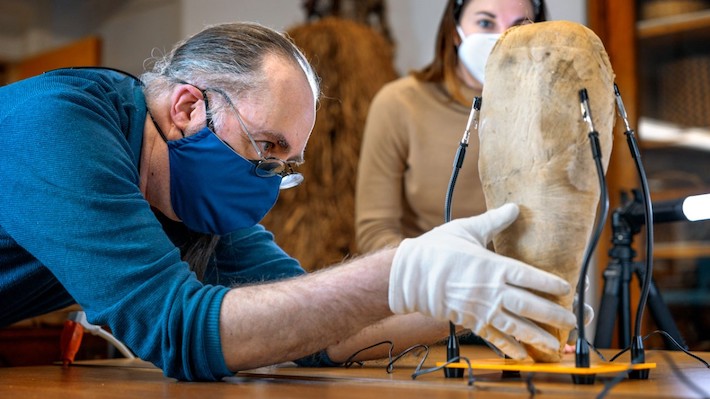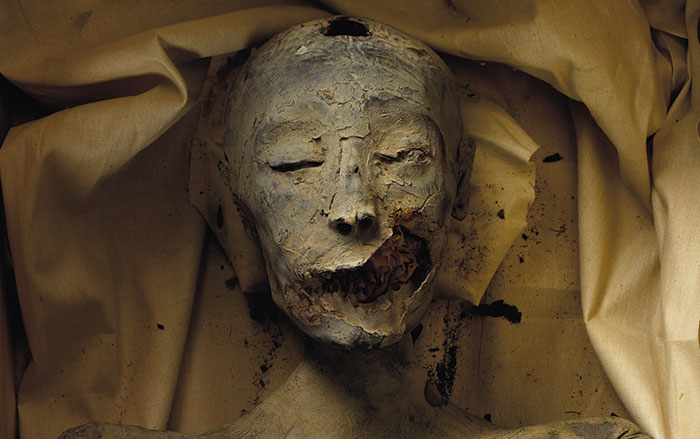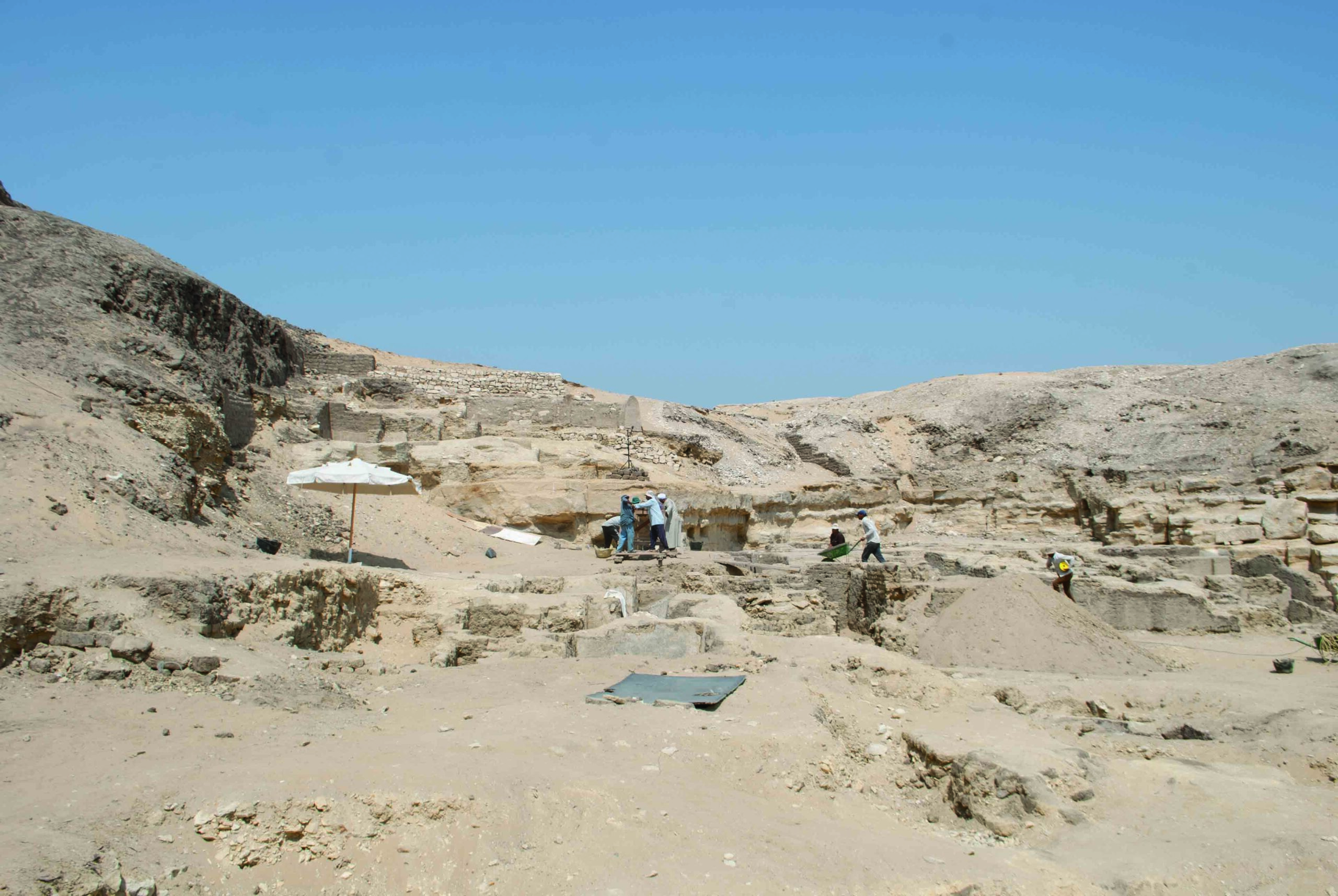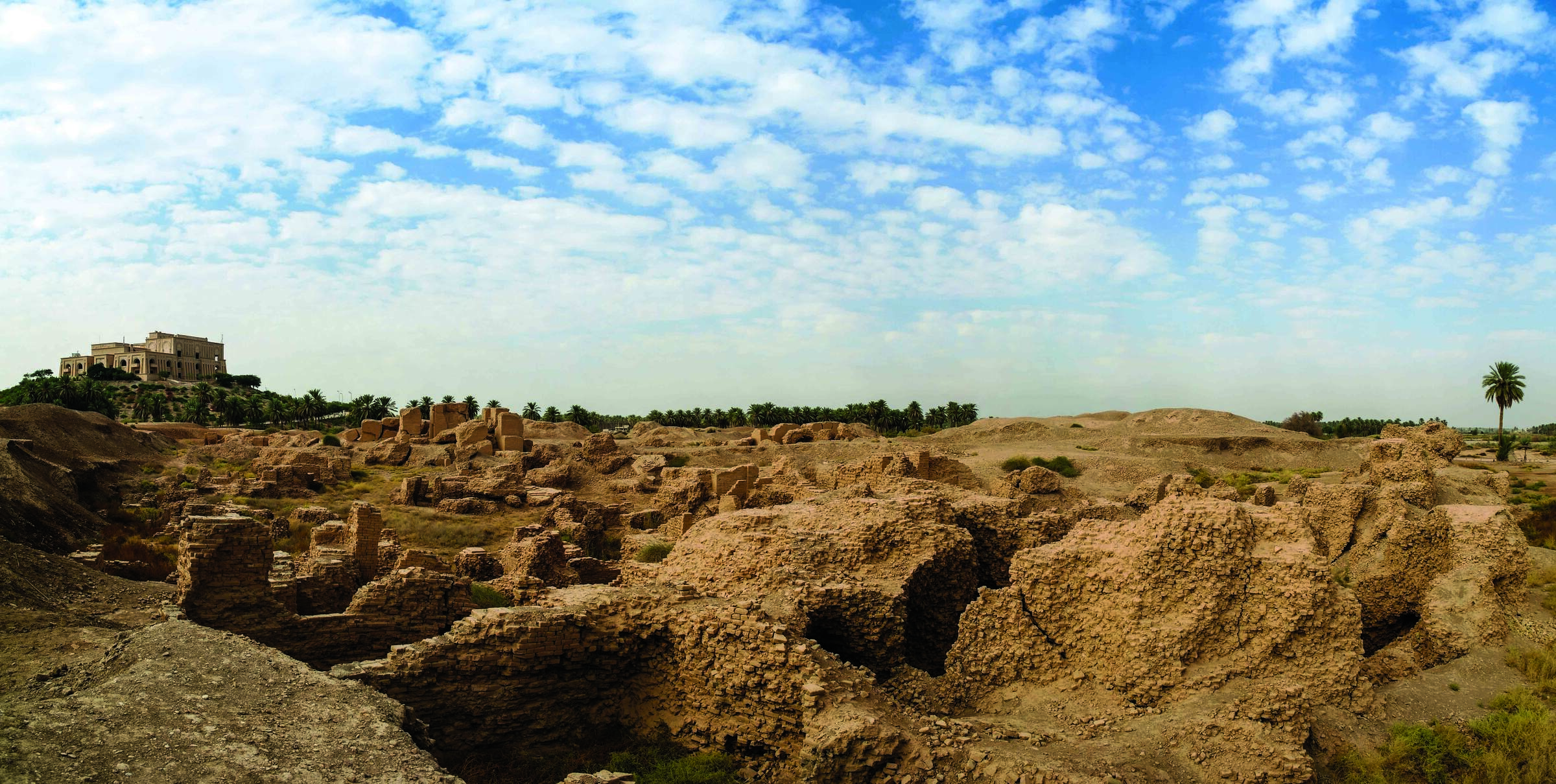
ITHACA, NEW YORK—A recent CT scan of a 1,500-year-old mummy held in the collections at Cornell University has revealed the remains of a sacred ibis (Threskiornis aethiopica), according to a Live Science report. A study of museum records conducted by researcher Carol Ann Barsody and her colleagues suggests that the mummy, which had been mistakenly labeled as a hawk, may have arrived at Cornell in 1930 as part of a donation made by an alumnus. The Egyptians sometimes sacrificed these birds, which have long legs and a curved beak, to Thoth, the god of the moon, reckoning, learning, and writing, who is sometimes depicted with the head of an ibis. Barsody said that the scan showed that the bird’s head had been twisted around and bent back against its body. A leg had been fractured prior to the mummification process, the sternum and ribcage had been removed, and its beak was broken after mummification. The bird’s feathers and soft tissues were also detected by the scan, she added. The team of researchers now plans to create a 3-D virtual model of the ibis. To read about ibis sacrifices in ancient Egypt, go to "Birds of a Feather."










